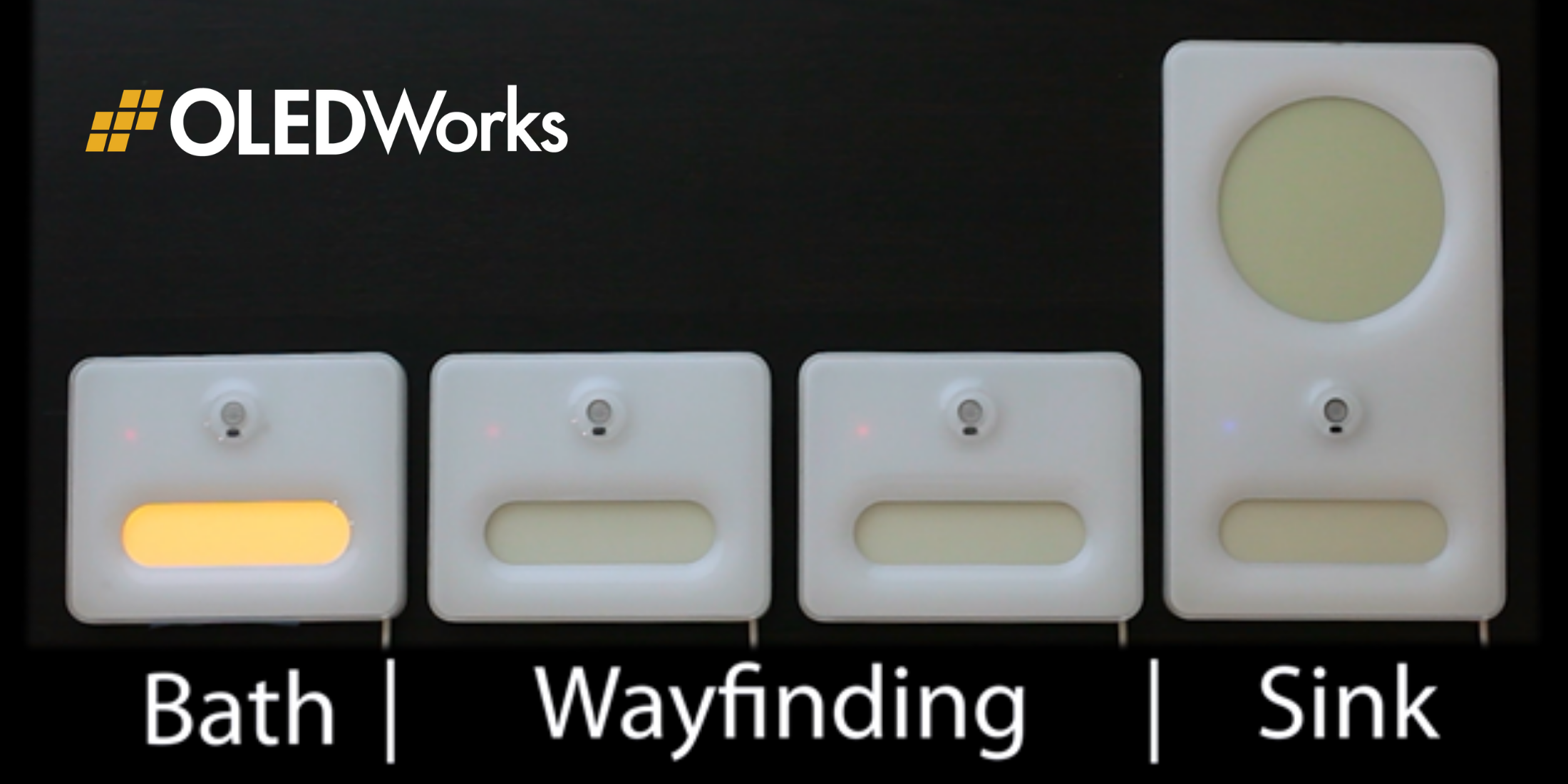
By Tim Spencer, Director of Mechanical Systems
Each day, technology continues to advance and become increasingly computerized and interconnected. From our printers, to our cars, to our doorbells, and even our lighting, all our technology is becoming a part of the Internet of Things (IoT). And the possibilities for automated lighting systems are endless.
The Benefits of Automated Lighting Systems
Automated lighting systems have been around for some time but have evolved over the past few years to become more advanced, more widespread, and less costly. The emergence of devices such as the Google Home, Alexa, and their compatible switches have helped this technology spread into our homes. And with their increased adoption and accessibility, there has never been a better time to evaluate the benefits of automated lighting systems.
There are many types of automated systems to consider, and each has the same primary goal: to reduce energy use. According to the U.S. Energy Information Administration, lighting accounted for 5% of the total electrical consumption in the United States in 2019 and accounted for 10% of the electrical consumption in the commercial sector. With such significant energy levels attributed to lighting use, this underscores the importance of energy reduction through automated systems and the subsequent reduced costs and carbon emissions.
The most familiar type of automated lighting is tied to motion sensing technology. When the sensor detects motion the light turns on, and after a certain amount of time has passed without motion, they turn off. These lights are particularly common in outdoor lighting and security lights. Occupancy sensor controls use similar technology to light a room when someone enters and turn the lighting off shortly after the room has been emptied. Occupancy sensor controls are effective for both ambient room lighting, as well as controlling task lighting when someone approaches a specific area within a space. Photosensor controls analyze ambient lighting levels to determine the amount of light output necessary. These types of sensors typically work best outdoors because interior lighting needs vary according to occupant activity, rather than ambient light levels, but they have become common in night lights. Each type of lighting control aims at reducing lighting use to only those times that they are truly necessary.
In addition to the energy and cost savings of automated systems, there are additional benefits that are not immediately apparent. The first is fewer touchpoints. Amid the worst health crisis of our time, the concern for sanitation and disinfection of spaces has never been higher. With the integration of automated lighting systems, the number of times that occupants will need to touch light switches will drastically decrease, reducing the number of times that germs will spread to and from the switch.
A form of automated lighting that has seen a recent rise in research and development is circadian lighting. Our circadian rhythm is the internal clock that has evolved to sync our sleep schedules with the natural progression of the sun. In the morning, the brightness and high blue light content of the sun stimulates our bodies and wakes us up. In the evening, the dimmer light, lower in blue concentration, gradually brings our productivity down and prepares us for sleep. Combined with color tunable lighting, circadian lighting systems aim to provide carefully determined levels of blue light and brightness to mimic the sun’s natural progression and allow for better productivity and sleep. What is notable about circadian lighting is that the primary goal differs from that of other automated systems. Instead of energy savings, circadian lighting has a human-centric focus of health, well-being, and productivity.
OLED Lighting for Automated Systems
As a solid-state lighting technology, OLED (Organic Light Emitting Diode) lighting is compatible with all types of automated lighting system controls. And on top of the standard benefits that come with automated systems like energy savings and operational cost reduction, you receive additional benefits specific to organic lighting. Due to their naturally diffuse Lambertian nature, OLED panels are virtually glare-free and create a pleasing lighting atmosphere with low contrast and shadows. In addition, they are highly energy-efficient and low maintenance during their long lifetimes, and their 85% glass and organic composition means they are not harmful to the environment at end of life.
OLEDWorks has recently been developing a prototype automated lighting system in conjunction with NYSERDA, MSG Lighting, and Highland Hospital in Rochester, NY. The first step in this project asked nurses and other healthcare professionals what their current lighting solutions were lacking and what features they would like to see in their “ideal light”. The consensus was that the lighting in patient rooms needed the greatest improvement, and that the ideal light would be “brighter, automated, and glare-free”. What they didn’t know at the time, was that they were describing OLED lighting.

Final prototype system created in conjunction with MSG Lighting
The project centers on an inter-connected lighting system for patient rooms. Motion sensing way finder lights will activate at the floor level when a patient’s feet hit the floor. Then, if there is motion heading toward the bathroom, the next way finder light will activate, leading the way to the bathroom. This trail wirelessly signals the bathroom light via Bluetooth to turn on, which then uses a photosensor to analyze ambient light levels in the room. If the ambient levels are high, such as daytime, the lights will turn on to full brightness. If ambient levels are low, such as nighttime, then levels will be dimmed to be more comfortable and less disruptive of the circadian system. This system combines the use of OLED amber and white lighting panels. The amber light used for wayfinding is particularly beneficial for nighttime use and use with elderly patients due to its lack of blue light content.
With the ability to integrate OLED lighting into automated systems, combined with their sustainability benefits and comfortable ambiance, we expect to see more widespread adoption of OLED lighting for automated systems in the coming years. In fact, we have already seen excitement about our hospital lighting prototype from a large-scale luminaire manufacturer. And because the benefits of automated systems easily transfer into residential spaces via smart devices, perhaps you will soon see automated OLEDs in your own home.
If you’re interested in speaking to our team about OLED lighting capabilities, let us know.



